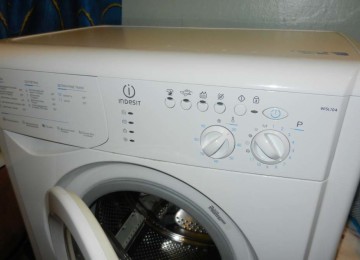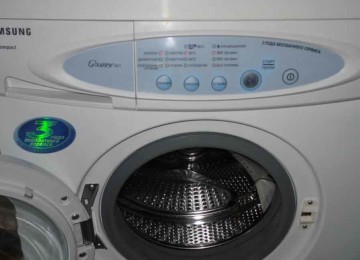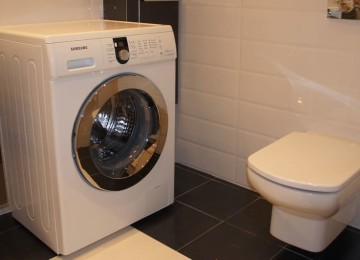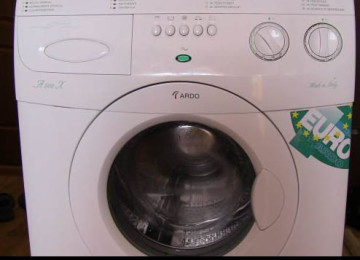Mold in the washing machine – a phenomenon that every housewife encounters sooner or later. Failure to comply with the operating standards of the device results in the appearance of fungal deposits on the sealing collar, the surface of the pump or inside the powder supply section. There are many ways to remove colonies of single-celled microorganisms, but over time, mold can return again. Therefore, it is necessary to follow the recommendations of specialists and carry out preventive measures that will increase the life of the washing machine.
Why is mold so dangerous?
Mold is a fungus that has a microscopic structure: threads with spore balls.Their goal is to colonize as much surface as possible in order to obtain as many nutrients as possible from the outside. When exposed to a warm and humid environment, mold actively multiplies.
Moving through the air, spores cause harm to the body:
- destroy the immune system;
- cause allergic reactions, which are accompanied not only by itching and irritation of the epidermis, but also by cough and runny nose;
- disrupt the intestinal microflora, and a person experiences diarrhea and bloating;
- after entering the bloodstream and nerve cells, apartment residents experience dizziness, irritability, and fatigue.
In medical practice, there are cases when a patient complained of pain in the kidneys and liver. To find out the cause of the disease (fungal plaque) and make the correct diagnosis, doctors had to order more than one examination.
Causes of mold in washing equipment
The owners of household appliances themselves are to blame for the fact that single-celled microorganisms settle on the inner surface of the unit and then multiply. The main factor that leads to the appearance of fungal plaque is non-compliance with the operating standards of the device.
The washing unit is installed in the wrong place
Mold grows quickly in humid environments where fresh air does not penetrate.
The optimal humidity for plaque formation is above 90%, temperature is below +20°C. A slight deviation from the indicators does not prevent the appearance of fungus.
The bathroom is a place where the given indicators do not meet the norm. Experts advise installing the unit in the hallway or kitchen. But if it is impossible to fulfill such a condition, it is necessary to establish ventilation in the room and ventilate the room often.
The machine is not connected to the sewer correctly
If the unit was connected by an incompetent technician or on their own (without proper practice), some of the waste liquid may remain inside the device after draining. Stagnant water is an ideal place for the development of colonies of single-celled microorganisms and the spread of an unpleasant odor.
To make sure the connection is correct, turn on the device for a single wash. If there are any deficiencies, they will immediately become noticeable.
The washer door is always closed
Having taken out the things, most housewives tightly close the loading hatch, as well as the powder receptacle.
Drops of liquid always remain inside the unit under the rubber cuffs. Without proper ventilation, it evaporates and provides an ideal environment for mold to form.
Detergents are used incorrectly
Experts advise adding washing powder with bleaching particles at least once every 10-15 days. This product not only thoroughly cleans things from dirt, but also disinfects work surfaces.
If the housewife adds conditioner to soften things, an additional rinse should be set. Poorly washed product from the fabric creates an oil film on the surface of the unit, which is an ideal environment for the proliferation of mold deposits.
Washing is always done at low temperatures
Despite the fact that the express washing mode is very convenient, it should not be abused. It must be alternated with high-temperature programs. Washing in a mode starting at + 60°C helps disinfect the washer components, preventing microorganisms from multiplying in them.
If, during a quick inspection of the washing machine, the owner did not find a dark coating, this does not mean that there is no mold there.To ensure otherwise, wipe the rubber seal and the powder receptacle with a clean cloth. Small black spots on the rag are fungus.
Removing mold using folk remedies
Colonies of microorganisms can be removed from infected units of the unit using various methods. As a rule, housewives begin to fight them with available folk remedies, which are less aggressive compared to household chemicals. You need to start by examining all the places where mold may be hiding:
- powder supply compartment. During washing, detergents, rinse aids and softeners are not completely washed out of the tray. Their remains provoke the appearance of mold;
- sealing rubber. Rapidly growing spores lead to the appearance of microcracks on the cuff, which can cause water leakage;
- drum. Untimely detection of colonies of unicellular microorganisms will lead to them directly getting on things;
- drain hose and filters.
Measures to eliminate spores should be carried out wearing a protective mask and gloves. This will help avoid inhaling harmful fumes and the effects of aggressive agents on the epidermis.
Lemon acid
The additive, which is used as a preservative in cooking, will not only remove scale and mold deposits, but also cope with the putrid odor emanating from the unit. If single-celled microorganisms have taken over a large area, the washing machine is pre-treated with a solution of bleach or bleach. Wear gloves and apply chemical to the sealing collar and drum. Leave for 3-4 hours. Subsequent manipulations:
- Pour 200 g of carboxylic acid into a thoroughly dried powder receptacle.
- Select a mode that uses water at the maximum permissible temperature.
- Run a dry wash. At the end of the program, wipe all parts of the device with a dry cloth. To ensure that the device is well ventilated, leave the loading hatch and powder supply tray open.
Washing with citric acid should be done every 4-6 months to prevent the appearance of mold.
Vinegar
To clean the washing unit, use 9% vinegar. A higher concentration of acetic acid will damage the device parts. Algorithm of actions:
- Pour 150-200 ml of vinegar into the powder receptacle.
- Set the longest wash program. Select the maximum temperature setting. Run the device idle.
- Once the water in the machine reaches 90˚C, press pause.
- After 60-90 minutes, resume washing.
- Upon completion, pour 50 ml of table vinegar into a bowl, dilute with water, bringing to a volume of 100 ml. Use a soft sponge to dry the parts of the washer.
- To remove acid residues from the device, run a quick wash on the shortest program.
Then wipe the washing machine dry. This method also removes scale.
Baking soda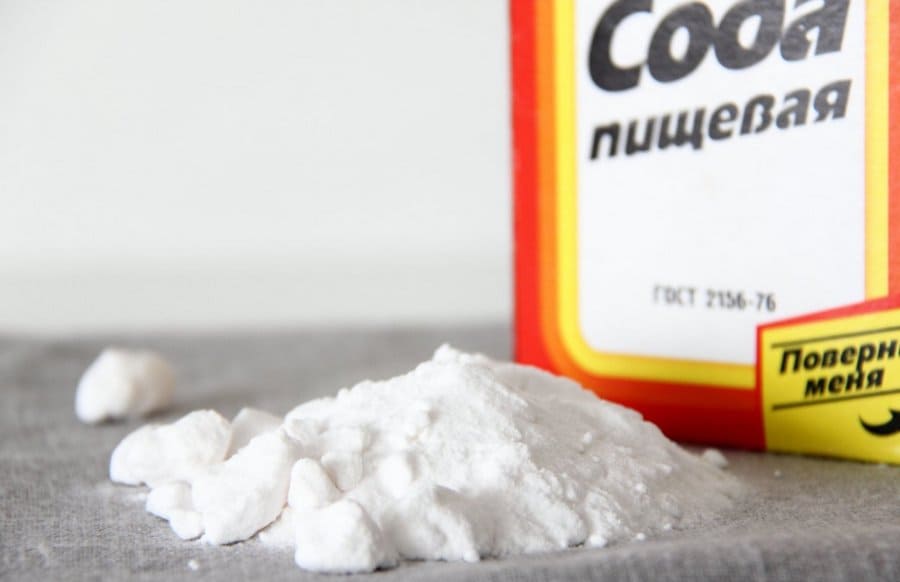
A budget-friendly product that allows you to quickly and effectively deal with fungal plaque. Depending on the degree of occupation of the aggregate by unicellular microorganisms, various methods are used.
Method I:
- Dilute baking soda with water to form a homogeneous paste.
- Apply the mixture to areas where fungus has accumulated and leave for 30 minutes.
- Set your washing machine to the longest wash program at the highest temperature.
Method II:
- Pour 400 g of baking soda into the powder receptacle and pour 1 liter of 9% vinegar.
- Run the wash at maximum temperature.
It is not recommended to use the second method if the components of the washing machine are severely worn. There is a high probability of sending the assistant to a landfill.
Hydrogen peroxide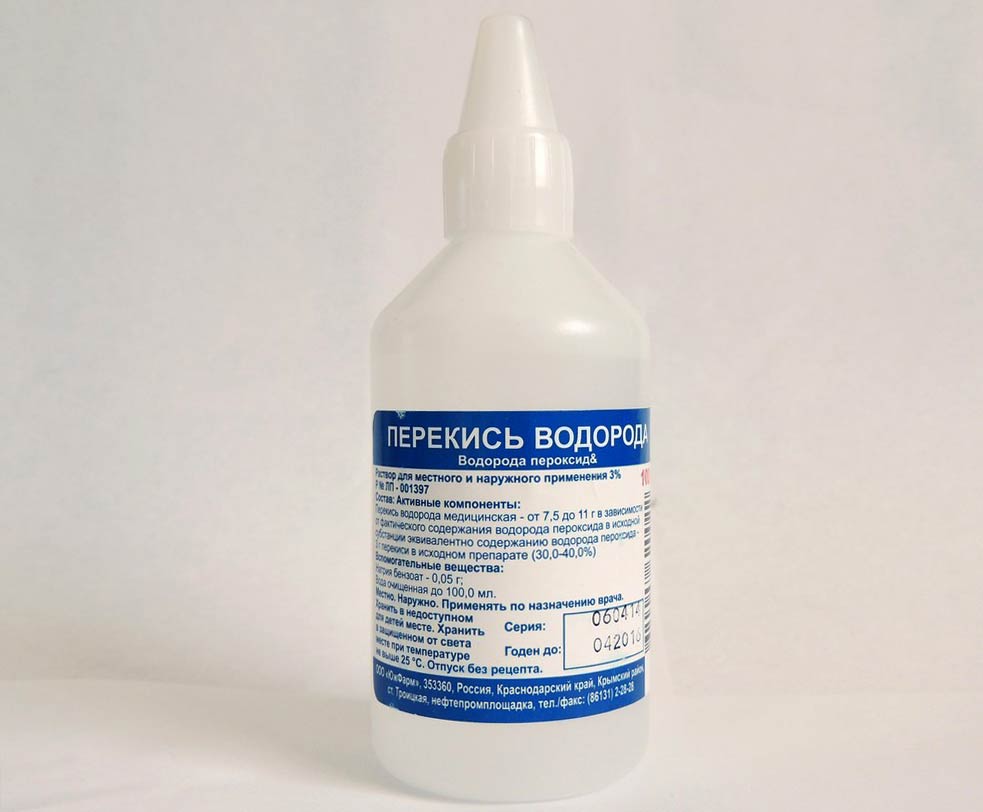
Hydrogen peroxide will help remove large colonies and deal with old mold stains. The main feature of peroxide is that it prevents the appearance of single-celled microorganisms in the future. To remove fungus in the washing machine, use 9% table vinegar and 3% peroxide solution in a 1:1 ratio.
Procedure:
- Use a damp cloth to remove visible traces of mold.
- Having prepared the solution, spray it onto the problem areas of the device.
- After 10 minutes, clean them with a soft brush or using the back of a washcloth.
Remove the remaining hydrogen peroxide, and along with it the spores, with a soft cloth soaked in water. Then leave the washing machine to dry.
Another effective way to combat mold is to use hydrogen peroxide tablets along with baking soda.
Mode of application:
- Pour 200 g of sodium bicarbonate into the powder receptacle and add 10 tablets of hydroperite.
- Set the machine to the longest washing program at the highest water temperature.
- At the end of the dry wash, turn on the rinse program additionally.
After turning off the device, wipe all accessible parts with a dry cloth, leave the loading hatch and powder supply tray open.
Copper sulfate
Copper salt of sulfuric acid effectively fights mold. Fungal cells exposed to vitriol die. But the use of copper sulfate is a last resort. When preparing the solution, strictly adhere to the dosage and recommendations.
Algorithm of actions:
- Dissolve 10 g of powder in 1 liter of water.
- Apply with a rag or sponge to areas inhabited by single-celled microorganisms.
- Depending on the degree of fungal attack on the washing machine parts, after 3-24 hours, start the unit by turning on the rinse program.
- After completing the wash, dry the drum, loading hatch, and sealing collar with a soft cloth. Don't close it, let it air out.
Do not forget - getting copper sulfate on open areas of the body leads to irritation.
Boric acid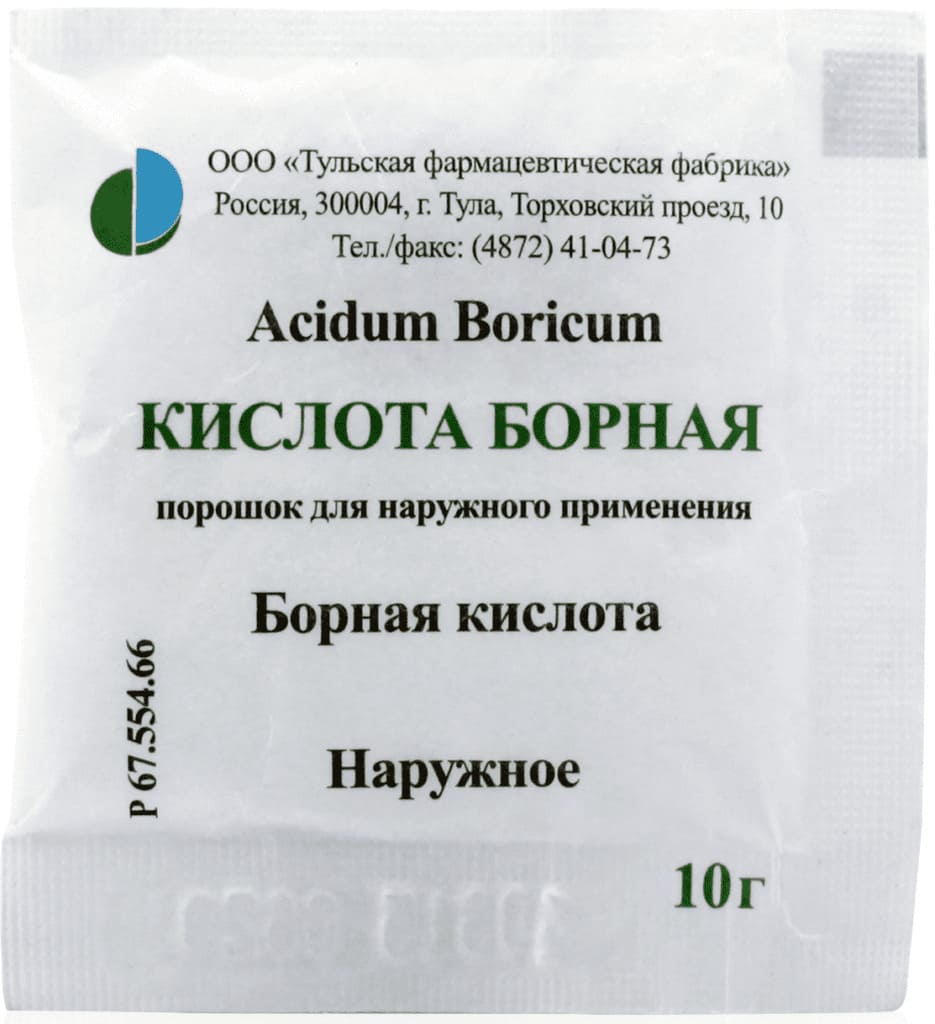
An antiseptic that disrupts the permeability of the cell membrane of the fungus. Helps cope with mold that has grown to impressive sizes. Works in tandem with other means. To prepare the working solution you will need:
- 75 ml water;
- 35 ml each of table vinegar and hydrogen peroxide;
- 15 ml boric acid.
Cleaning method:
- Combine all components of the mixture.
- Heat the solution until your hand can handle it.
- Dipping the brush into the mixture, scrub the fungus from the surface of the unit components until it is completely removed.
If the mold is not completely removed on the first try, repeat the procedure after 3-4 hours. In this case, you need to prepare a new solution.
A mixture of the above components can also be used to wipe the washing machine on the outer surface if traces of fungus are found on it.
Chemicals for cleaning the washing machine from mold
Traditional methods of eliminating fungal plaque are effective at the initial stage of its appearance. If single-cell microorganisms have thoroughly occupied the unit, you will have to turn to the help of household chemicals. Remember that you should work with it carefully, using personal protective equipment.
Gel "Domestos"
The first remedy that housewives resort to if folk remedies fail. Domestos contains bleach; mixing it with other household chemical solutions is not recommended. Procedure:
- Wearing gloves, apply the product to the sponge. Spread a thick layer over the infected area.
- After 10 minutes, thoroughly wipe the area.
- Run a dry wash without adding powder. Then start the rinse mode by pouring 2 tbsp into the drum. l. citric acid.
The smell of chlorine disappears quickly.
Spray Sama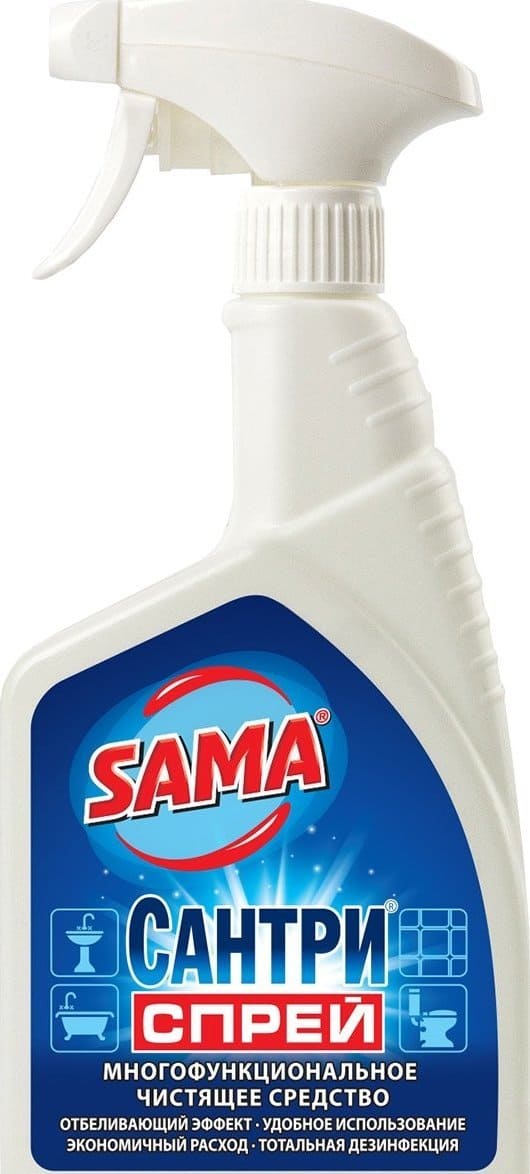
An effective, budget-friendly product with a disinfectant effect that will quickly and permanently get rid of fungus. The operating principle is simple:
- Spray generously onto the problem area.
- After 15 minutes, use a soft sponge to rinse with water.
- If the plaque on the surface is partially removed, the procedure should be repeated.
The only drawback of Sama spray is its pungent smell. Therefore, you need to use the product in a well-ventilated area.
Washing machine cleaner Dr. Beckmann
The product does not contain chlorine, it not only fights mold and removes unpleasant odors, but also protects the metal components of the unit. Using the solution for preventive purposes significantly extends the life of the washing machine.
Cleaning procedure:
- Spray the product at a distance of 20-25 cm from the surface that is covered with mold.
- After 30 minutes, remove any remaining plaque using a soft, damp cloth.
- If after the first attempt it was not possible to wash away traces of microorganisms, repeat the manipulations.
Once the mold is completely removed, to prevent fungus from settling in, spray the product again, but do not wipe, let it dry.
"Blanidas" - a mold remover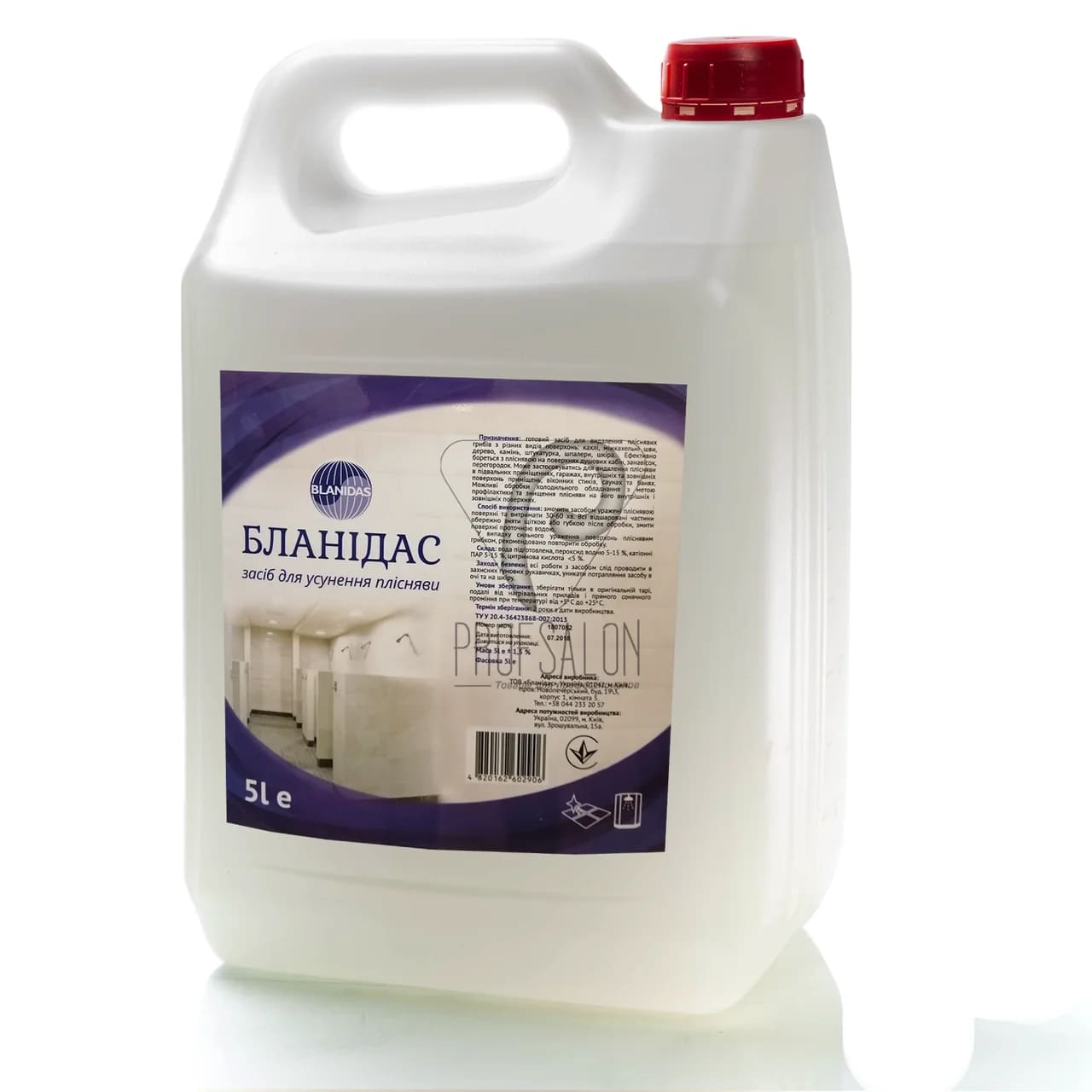
Professional product for combating mold. Allowed for use on the internal and external surfaces of refrigerators and washing machines.
Mode of application:
- Apply Blanidas to the problem area.
- After 30-60 minutes, use a sponge or brush to remove loose particles of fungal plaque.
- Rinse off the remaining solution with clean water.
During the procedure, avoid getting the product on open areas of the body or in the eyes.
Washing machine cleaner Tiret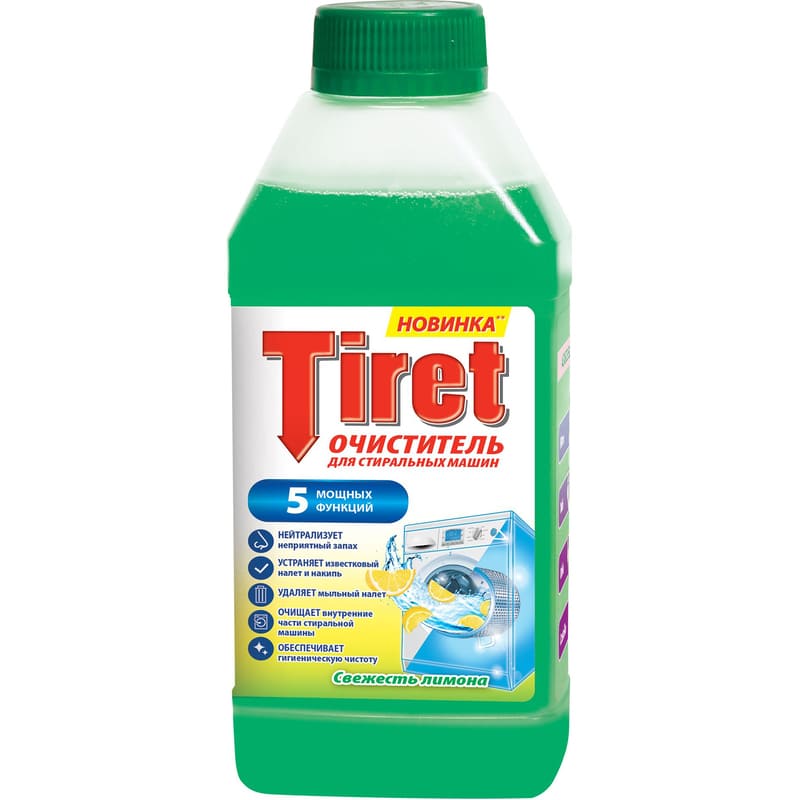
A popular remedy among housewives that completely eliminates fungal plaque. Users note 2 drawbacks - a specific smell, which not everyone likes, and high cost.
Application procedure:
- Apply a little cleanser to the sponge. Wipe the drum and rubber band. Treat the powder feed tray.
- Pour 200 ml Tiret into the dispenser. Start a single wash by selecting any program in which the water heats up to 60˚C. It is also advisable to set the “Extra rinse” option. Such manipulations will help to completely wash the product.
For prevention purposes, it is enough to use the product no more than 2 times a year, but if necessary, more often.
Mold and mildew remover HG service engineer
Suitable for any model of automatic washing machine. The product will not only remove mold, but also cope with the unpleasant odor. You can start washing immediately after cleaning the units by HG service engineer.
Algorithm of actions:
- Pour the product into the powder tray.
- Set the program for washing colored items, the water temperature is 60˚C.
- Allow the device to run a full cycle, including the spin process.
In household chemicals departments you can also find a spray to remove fungal plaque from the HG brand.The principle of operation is simple: spray on problem areas, after 1.5-2 hours, wash off the product with a damp cloth.
Cillit Bang for mold removal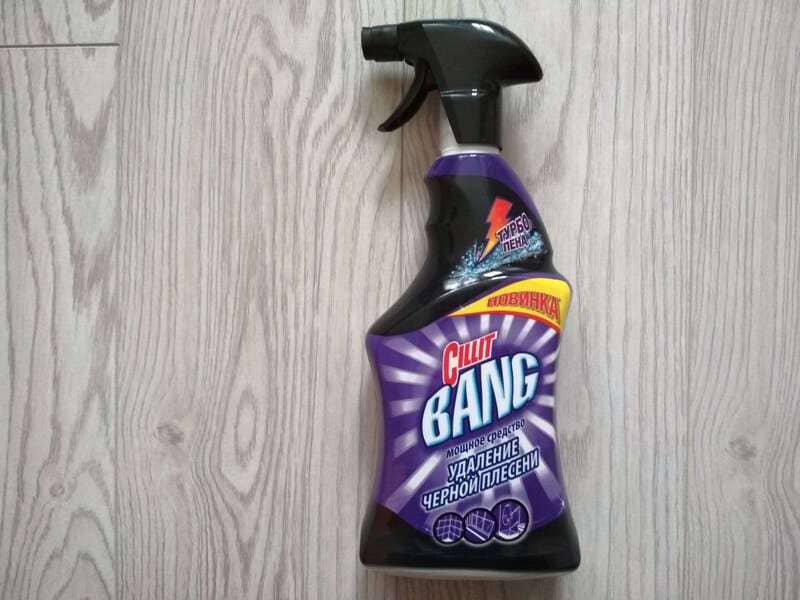
The drug copes with the task perfectly, but does not provide long-term protection against re-infection. It can only be applied to the rubber surface of the sealing collar in a diluted form, otherwise the seal will lose its tightness.
Procedure:
- After spraying the fungus affected area, wait 10-15 minutes.
- Wipe with a clean dry cloth.
Rinse thoroughly with water.
How to get rid of mold smell?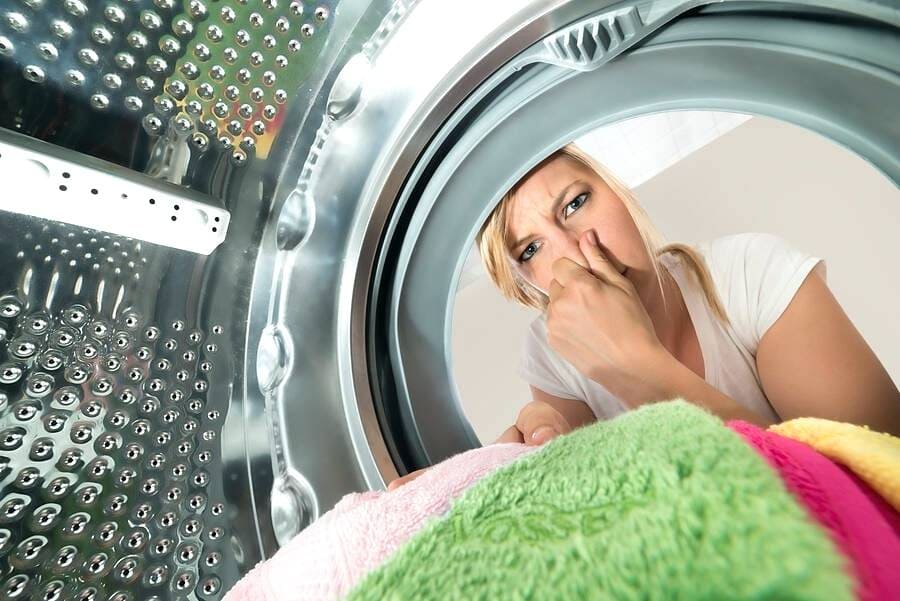
Almost all household chemicals promise to rid your washing machine of the unpleasant aroma of mold. But if they failed, and the musty smell continues to bother you, you need to check the filter and the permeability of the drain pipe. To fix the problem, you will have to disassemble the parts yourself for cleaning or call a technician. Procedure:
- Turn off the water and unplug the washing machine.
- Open the drain filter, clean the mesh with detergent and a brush.
- Check the fill filter and rinse it thoroughly. Wipe the seats with a rag. Single-celled microorganisms also inhabit them.
Remove mold from the nodes using special products. It is better to replace parts that cannot be cleaned with new ones. Ways to eliminate unpleasant odor:
- Dishwasher tablets have proven themselves to be excellent in the fight against stinking odor. Place 5-6 pcs. into the drum, run a single wash at high temperature.
- Toilet bowl gel will cope with the task. Treat the infected areas with it, then, to wash the product, run the rinse mode (preferably twice).
A little trick in the fight against musty odors: after eliminating colonies of microorganisms using folk remedies, apply a small amount of essential oil, which has disinfecting properties, to the work surfaces.
The most effective:
- thyme;
- rosemary;
- eucalyptus;
- pine.
For top-loading machines, use a spray bottle and a long-handled brush. It can also be adapted to clean the detergent supply reservoir, even if it is not removable.
How to prevent mold?
Preventing the re-formation of fungal plaque is quite simple. It is necessary to follow the advice of specialists and carry out preventive measures in a timely manner:
- Do not leave washed items in the machine, even for several hours. If it is not possible to hang them, remove them into a basin and wipe the device components with a soft, moisture-absorbing cloth. It is also recommended to use a special basket to collect dirty laundry rather than putting it directly into the unit. Such measures will help prevent the spread of bacteria and unpleasant odors.
- Do not close the loading door tightly between wash cycles. The device must be ventilated.
- Clean the rubber seal regularly. Remove and thoroughly wash the detergent dispenser unit to remove powder residue. Follow the dosage; excess will settle on the surface, impairing the self-cleaning of the unit. Clean the drain hose periodically.
- At least once a month, set the washing program to maximum temperature. In this case, it is better to use bleach powder as a detergent.
- Keep an eye on the drain hose. If it becomes clogged, the water will stagnate, an unpleasant odor, and the appearance of mold cannot be avoided.It is recommended to inspect it at least once every 3 months.
- Use powdered detergents for washing more often. Do not overuse conditioners and rinses. Unwashed particles remain on the working surface, creating a favorable environment for the development of single-celled microorganisms.
- Every 3-4 months, to destroy ungerminated mushroom spores, run a dry wash of laundry at high temperatures with the addition of citric acid or table vinegar.
- Use softeners for hard water that prevent limescale deposits. Change the filter promptly. By postponing the procedure until later, you give mold time to reproduce.
Taking preventive measures in a timely manner is a great way to prevent mold from spreading in your washing machine. Then all family members will be healthy, and the unit will last a long time.






